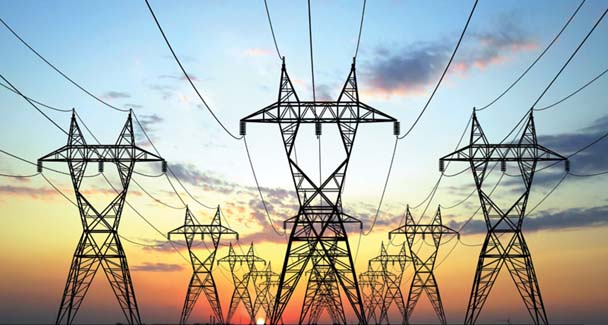Nigeria’s feeble national grid collapsed again yesterday morning just about 43 days after the last collapse on May 9, 2019, the Transmission Company of Nigeria (TCN), has disclosed.
Before the grid collapsed, electricity supply, according to the System Operator (SO), a department of the TCN, was 3825 megawatts (MW).
The SO and TCN did not disclose the volume of electricity available for distribution after the collapse, which occurred in the Benin area of Edo State.
In a statement issued in Abuja, the General Manager Public Affairs of TCN, Mrs. Ndidi Mbah, stated that grid experienced a system collapse at 9.10a.m. yesterday due to high voltage following massive drop of load by electricity distribution companies (Discos) in the country.
Mbah, noted that the high voltage also resulted to a fire outbreak in the 75MX reactor in TCN’s Benin power transmission sub-station.
“The massive load drop led to high voltage in the system, which shattered the lightning arrester in close proximity to the 75MX reactor in Benin sub-station. The shattered lightning arrester porcelain hit the reactor bushing causing further explosion on the reactor resulting in fire outbreak,” Mbah said, in the statement.
She however, explained that restoration of the grid commenced immediately, adding that as at 1.30 p.m., bulk power supply to most parts of Nigeria had been restored.
According to her, the TCN was grateful to the government of Edo State and Benin Disco, as well as the Fire Service for their collective efforts in putting out the fire and restoring normal power supply.
Mbah, also disclosed that TCN had commenced the movement of another reactor to Benin City to replace the burnt reactor and ensure voltage stability in the city as well as prevent a re-occurrence.
“Management would also ensure a review of the entire protection and earthing system nationwide. This is done in addition to the overall upgrading of the system through the TREP program being financed by multilateral donors.
“The installation of three-no reactors on the Ikot- Ekpene- Ugwuaji –Jos line has reached an advance stage. It is expected that once these three reactors are installed and commissioned, the grid would be further stabilised,” she noted, while stating TCN’s assurance to Nigerians that it was doing everything possible to modernise, upgrade and stabilise the grid.
About 43 days ago, the country’s grid experienced a collapse which TCN’s Managing Director, Mr. Usman Mohammed, linked to multiple tripping on its substation in Onitsha, Anambra State, and purported generator trip off.
Within 24 hours, the grid at that time collapsed twice and resulted to a reduction of electricity allocation to the Discos.
However, the collapses are notwithstanding Usman’s disclosure that the TCN had raised $1.6 billion which it was investing in lines and transmissions systems upgrade in a scheme called the Transmission Rehabilitation and Expansion Programme (TREP).
Source: THISDAY














